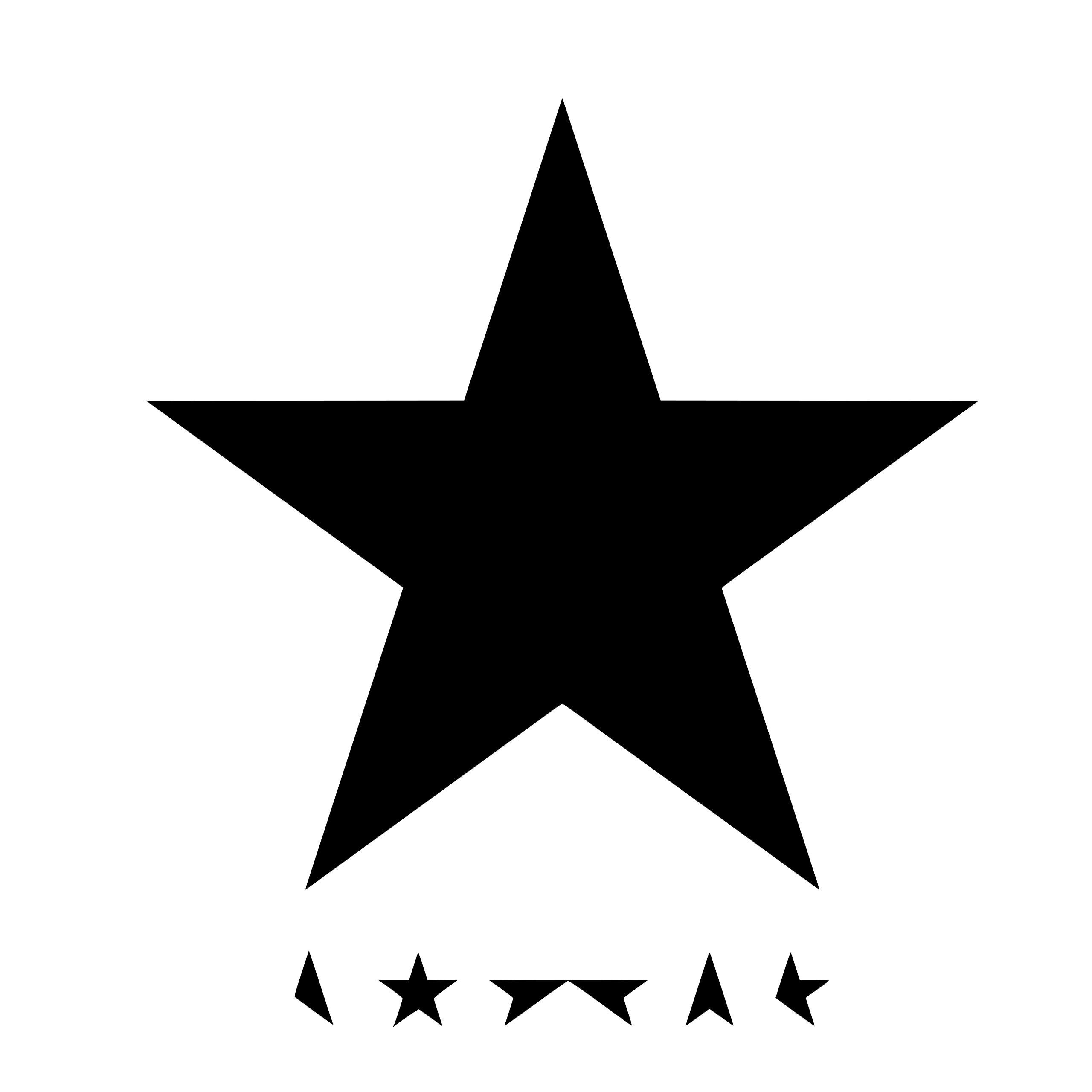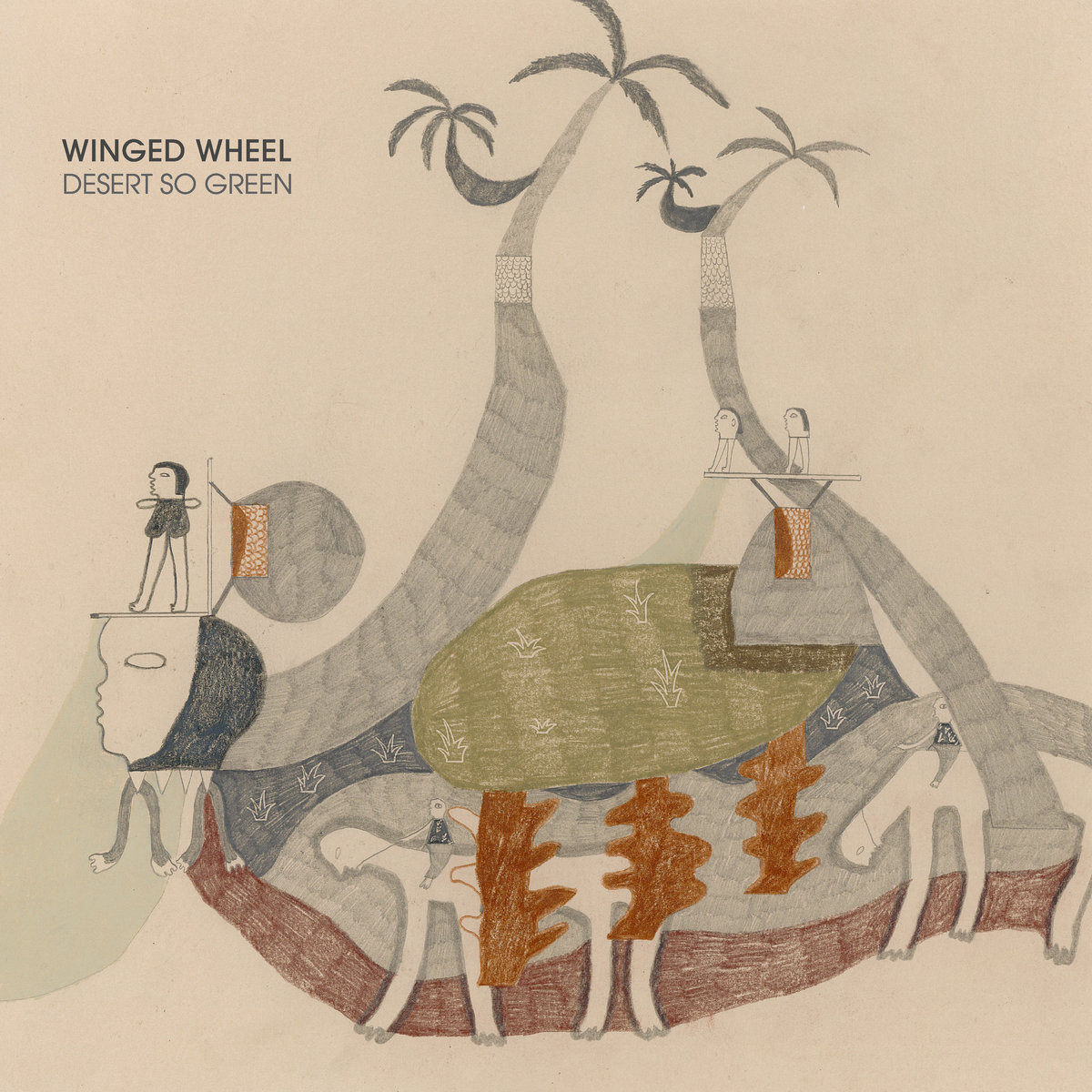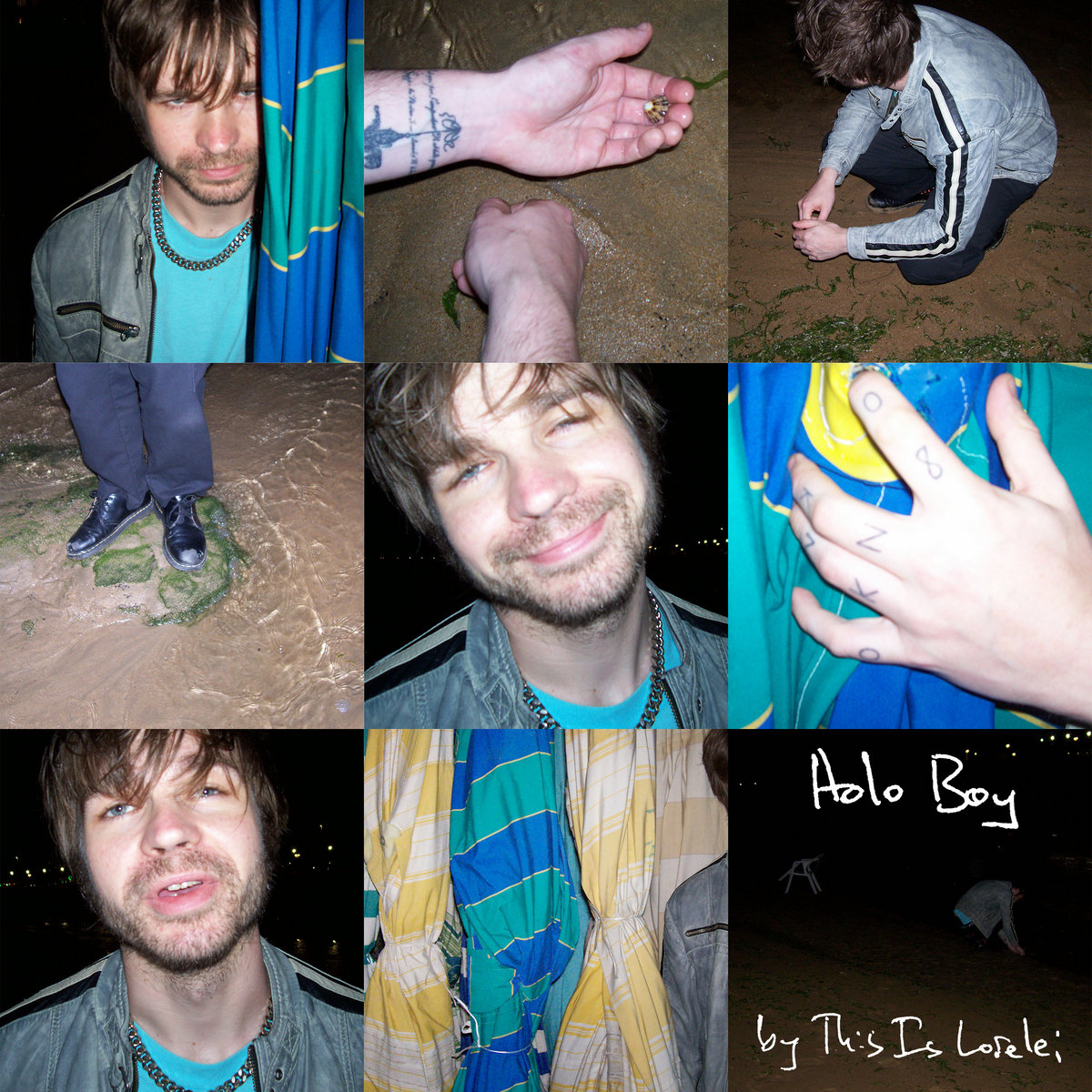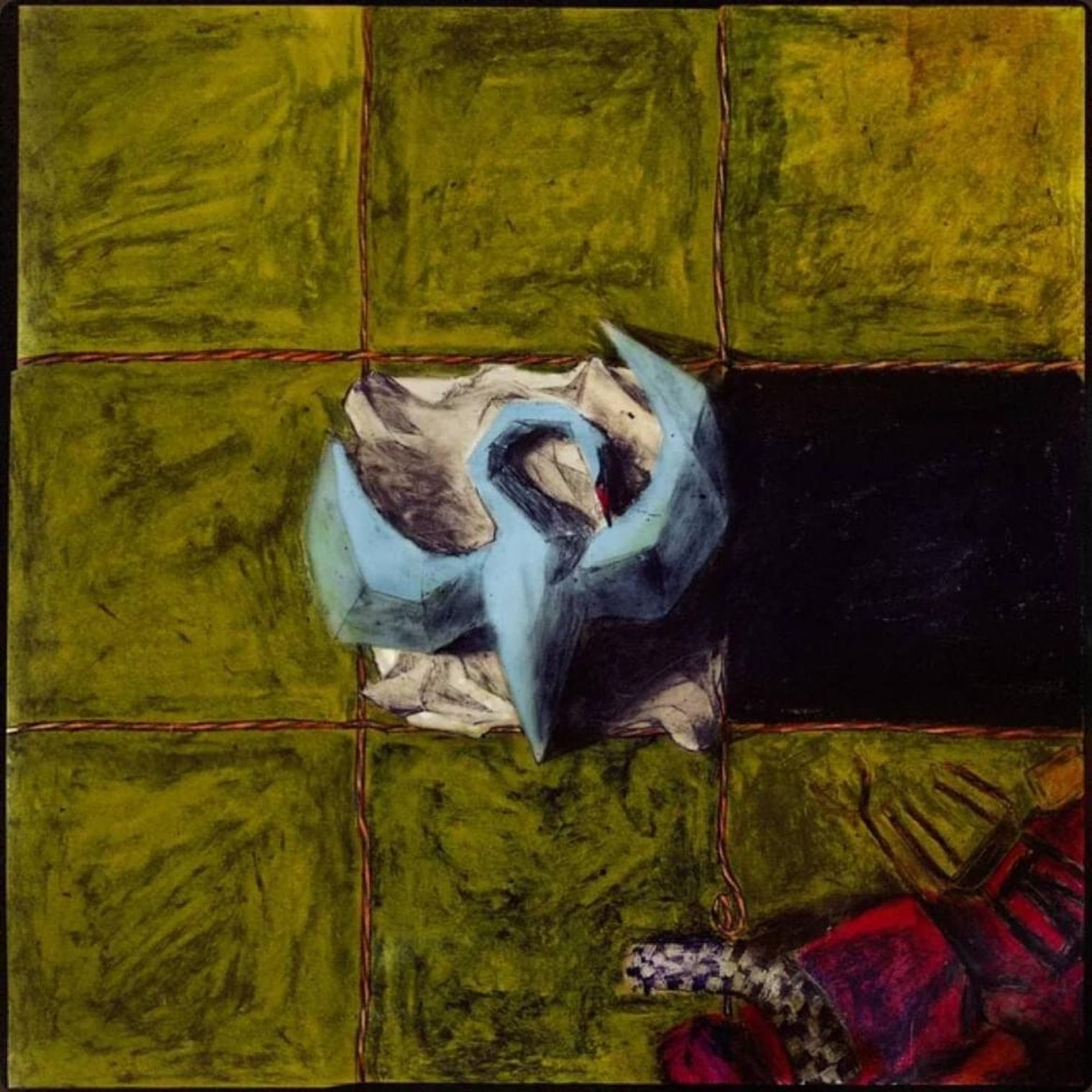It is difficult to divorce the blues from its history, though that doesn't stop it from happening in broader discussions of American music history. Part of this is due to an obsession with mythologies, which the blues are teeming with. There are crossroads and devils and bullets and bad dead men behind bars and bar brawls and blood. Still, narratives aside, it is worth noting that the blues has a real, tangible history. Many elements of blues are evolutions from African spirituals and chants, which turned into field hollers and revivalist hymns when slaves were stolen away to America. The inception of almost every musical genre is shrouded in mystery, particularly the genres from which other genres were born. But, beyond the mystery, there are roots that deserve tracing.
The blues also had a roster of artists who kept the genre afloat, first in the South, and then as it began to trace its way up through the Midwest in the 1930s. One of those many people was Son House, who was born in Lyon, Mississippi, and who loved the lord for a time. So much that he became a pastor in the Methodist Episcopal Church in his early 20s, though all of his preaching and praying couldn't pull him away from his bad habits. The drink, the women, and, eventually, the secular sounds of a bottleneck guitar. By the time Son House got into the blues, he was in his mid-twenties, hitting the ground running with songs like "My Black Mama" and "Preachin' The Blues." He became infamous in the late '20s, when a man went on a shooting spree in the juke joint he was playing in, and it was said that House put down his guitar and shot the man dead, which earned him two years served in a Mississippi prison. Upon his release, House remained locally popular, but his records didn't sell nationally, in part due to the Great Depression. He eventually left the Delta for Rochester, New York, and worked on a railroad until the folk-blues revival of the mid-1960s.
The first White Stripes album is dedicated to Son House. Jack White got handed a copy of a Son House record as a teenager in Detroit, Michigan, and became hooked on his music, particularly the song "Grinnin' In Your Face," which is so sparse it is nearly bare -- only the voice and a clapping of hands driving the music. Like House, Jack White was also once tied to the church. He'd grown up as an altar boy, and got accepted into a Wisconsin seminary before high school. He was going to be a priest, but he'd just gotten a new amplifier, and couldn’t take it with him to seminary. So he went to public school instead. In the most romantic corners of the history of blues, there are several of these moments: the thing that pulls the musician further away from God and closer to whatever else. Son House hearing a bottleneck guitar while out drinking with friends. Jack White, choosing his amplifier over priesthood.
In 1999, Meg White was an ex-bartender, two years into playing the drums. Along with Jack, the White Stripes were formed. Like any musical act obsessed with the blues, the White Stripes opened their career by creating their own mythological origin story and relying on rigid aesthetics. This was much more possible at the time, when the internet was not like it is now, when information about anyone’s history is not only readily available, but there are also more than enough people willing to seek it out. So, despite the fact that Jack and Meg were a married couple, they presented themselves to the world as siblings. They wore only the colors red, white, and black. Whether intended or not, this allowed for the eyes to be tricked. If one might be looking for the similar physical markers they might see in siblings, they could see it: both Whites with long, stringy hair, both cloaked in the same colors at all times. Their facial features barely even mattered at all.
The album itself begins with the heavy march of drums acting as the entry to "Jimmy The Exploder." For a band of just two people, the legacy of the White Stripes, for me, will always be the many different ways they made a lot of noise. It is most prevalent on this album, an album where you can tell the duo are still figuring each other out. The shifts in pace on songs like "Jimmy The Exploder" and "Screwdriver" or the way the barren and gentle dirges like "I Fought Piranhas" sometimes feel like a young band trying on the clothes of their forefathers and not finding the best fit, but playing through it anyway, and it still feels and sounds just as good.
The White Stripes is an album of a band trying to understand itself by briefly attempting to become everyone it loves, and that works, too. Sure, they’re Son House on "Canon," which uses a portion of House's song "John The Revalator" for lyrical inspiration. And they're Robert Johnson on a rendition of his old tune "Stop Breaking Down," which, by the way, is a killer choice for track two on a debut album for a band. An introduction, and then an immediate stepping out of themselves. They're also Dylan on a trembling and howling version of "One Cup Of Coffee." But beyond the covers, there's the sound and spirit of many, jumbled up into the music. They're a bit of the Kinks, the wailing vocals of early AC/DC or Led Zep, the loud-quiet-loud dynamic of Pixies.
It does bear mentioning, always, that Meg White is a skilled drummer. One who, for much of her time in the Stripes, was either criticized by some fans for her abilities, or obscured entirely. But, there is more than one way to be a good drummer, and the way that I most appreciate is the way where a drummer, quite simply, serves whatever the band they're in needs. The drummer is tasked with being a backbone to whatever other talent exists in a collective. Meg White's great skill as a drummer -- on this album and throughout the career of the Stripes -- is keeping Jack White restrained and honest to the sound he's attempting to convey. Jack who, skilled as he is, can become sonically whimsical in the name of invention. Meg's booming and methodical drumming is a signal. A sound that pulls him back to a steady pace, like the constant cymbal crashing nestled underneath "When I Hear My Name." Meg White sacrificed in the way that some drummers sacrifice: being vital to the machinery of their band's sound, but being less prevalent in the band's narrative.
In the late '90s, indie rock was having yet another fruitful creative shift, but so much of the greatest of it was mired in a weighty melancholy. Sparklehorse, Sunny Day Real Estate, Neutral Milk Hotel, and so on. All the records I loved most were very much in the business of seriousness, or sadness, or some intersection of the two. The White Stripes arrived in the middle of 1999 to save indie rock from its own self-analyzing. The band took its presentation and myth-building seriously, of course. But the songs themselves were playful, even when meditating on conventional or simplistic ideas. This, too, is the blues. The blues aren’t just a musical mood, but also the way the mood looks when turned on its ear. The sad songs are also funny. The funny songs are sometimes about death. The blues is, among other things, an understanding that so much of living is absurd, and must be seen through as many lenses as possible in order for it to make sense.
What dominates talks about appropriation now is generally ideas about aesthetics and permissions. Who "can" and who "cannot." That provides a shortcut to unraveling something significantly more complex, specifically in music. The history of American music itself is a history of theft and erasure. It is impossible to consider field hollers without also considering the field and the people working in the field and how those people came to work in that field. Much of American music has its spine rooted in this. White people who played black music to audiences who wanted to hear the songs but not see the faces of the people singing them. History is important because it informs us that some doors have been opened and there are no real ways to close them. To me, a better question worth asking isn’t about who can or who can't play or sing or dance. The people who I imagine shouldn't are likely going to do it anyway if the opportunity presents itself. The question worth asking is now that we've got this door open, and anyone can make their way into the room, who does the best work to honor the room and the people who were in the room before them?
For all of the other things about it The White Stripes is also an album made by a band that fell in love with songs, and then did their homework around those songs. It is an album that tips its hat to the past while restructuring old sounds for new audiences. Lineage fades when no one chooses to act as a lighthouse. More than just a great debut album for a band that would go on to invent and reinvent, The White Stripes was potentially also a starting point for someone who had never known what the blues were, and then found Son House, or Robert Johnson, or Ma Rainey. Someone who later bought a new amp, and stopped going to church as much as they used to.






